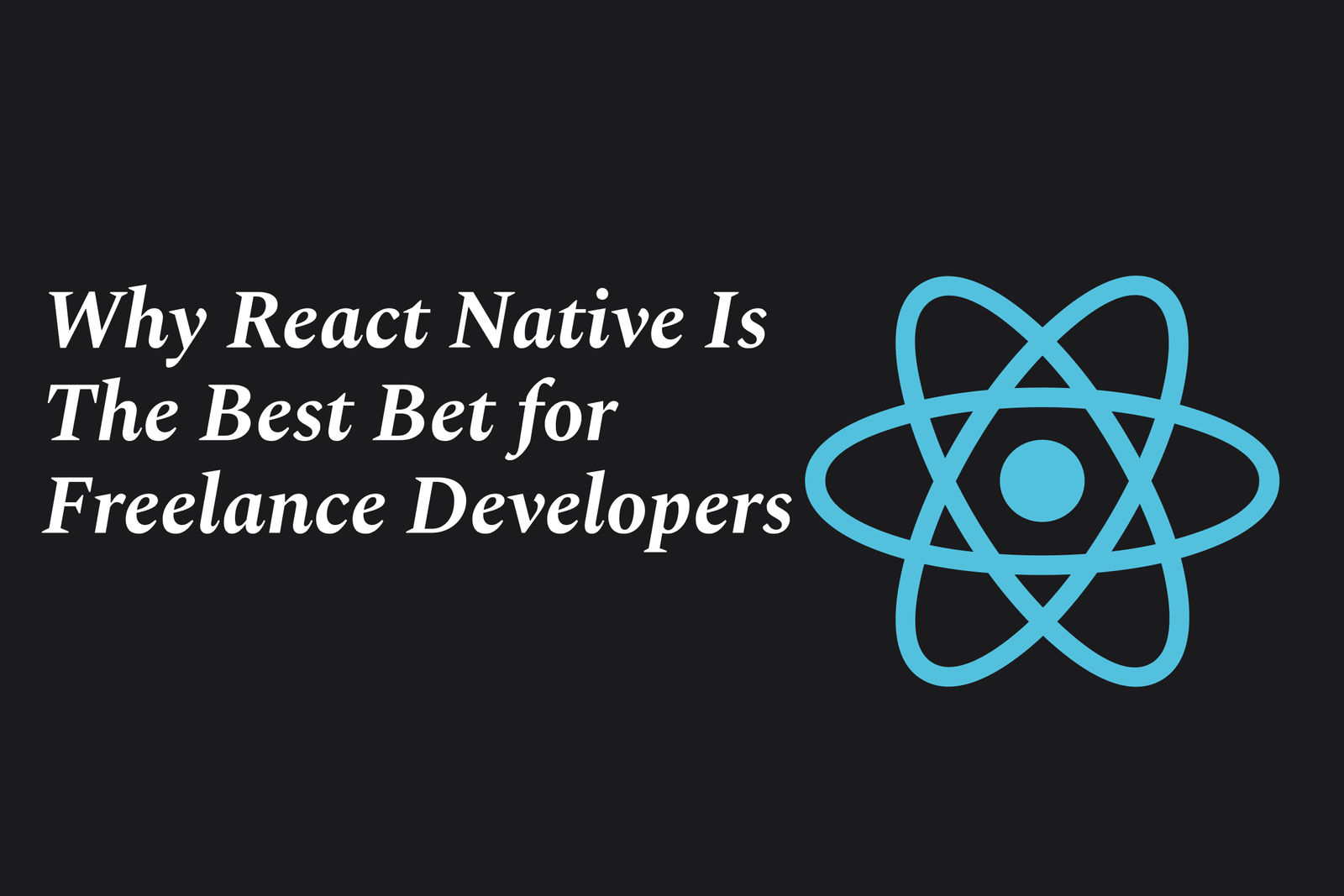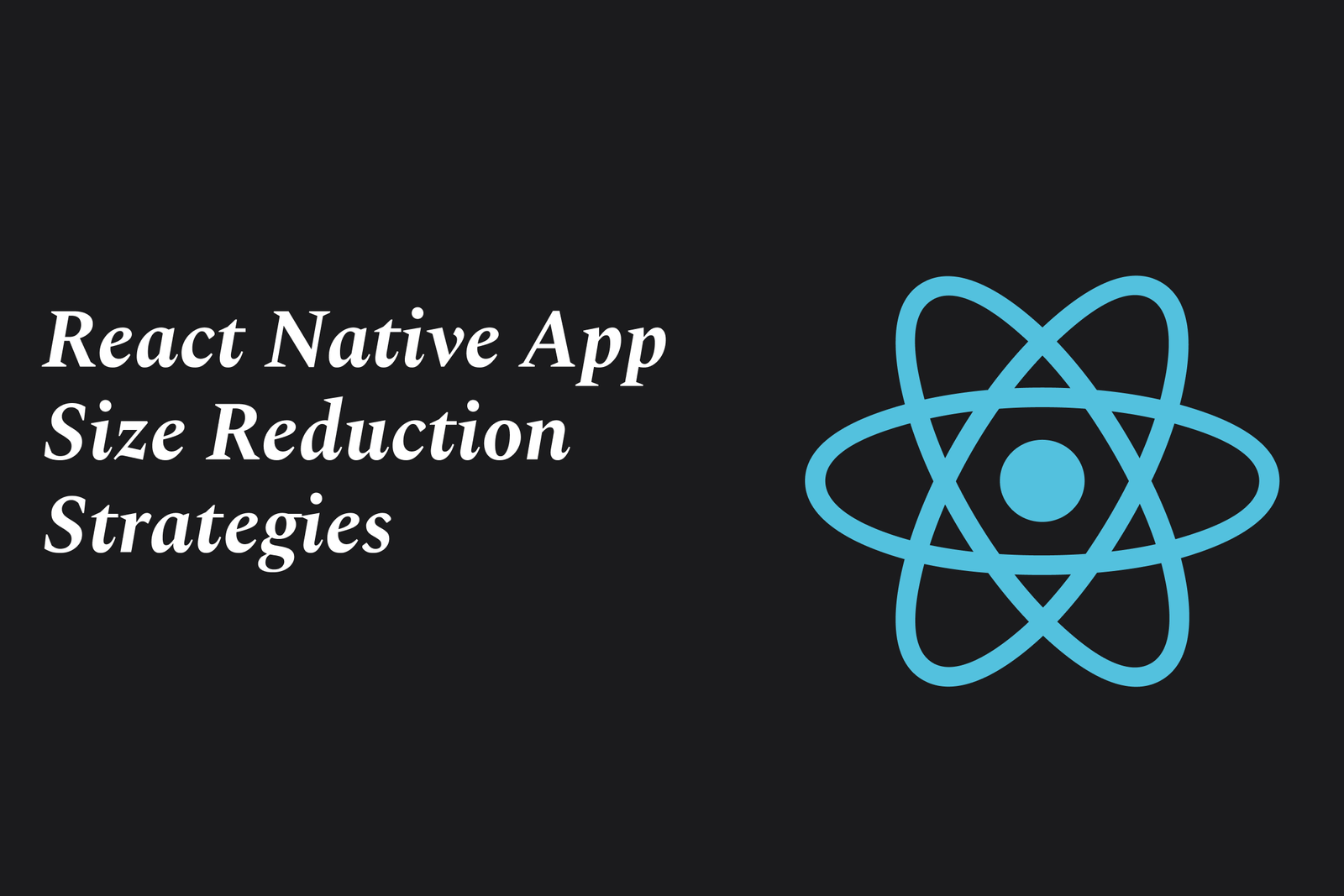React Native?S Latest Plugin Ecosystem Explodes
React Native’s latest plugin ecosystem is rapidly expanding, offering developers a surge of new tools and integrations that enhance app functionality, streamline development, and unlock native device features—driving innovation and flexibility like never before in mobile app building.
React Native’s Latest Plugin Ecosystem Explodes
1 ) Introduction to React's Evolving Ecosystem
React, the dominant UI framework in the JavaScript space, has recently undergone significant development with the release of React 19. This new version brings stable support for React Server Components, advanced hooks for promise handling, enhanced form integrations, and the removal of deprecated features. Despite these advancements, the React community is experiencing frustration and debate over the framework’s direction, development pace, and the interplay between the React team and the broader ecosystem.
2 ) The Rapid Growth of React Native Plugins
React Native's plugin ecosystem has seen explosive growth, leading to numerous new tools and integrations that expand what developers can do with the framework. These plugins improve accessibility to native device capabilities, enrich UI components, and streamline app development workflows. This proliferation reflects the community driven nature of React Native but also presents challenges in maintaining quality and consistency.
3 ) React Server Components and Modern Tooling
One of the cornerstone innovations is React Server Components (RSC), which allows components to be rendered on the server while seamlessly integrating with client side rendering. React 19 formalizes stable support for RSCs, enabling more efficient app architectures. This shift, coupled with toolchains like Next.js and improved deployment platforms such as Vercel, offers developers a powerful stack to build scalable and fast applications.
4 ) Community Concerns and Communication Challenges
While React continues to evolve, communication gaps between the React team and the developer community have fueled misconceptions and confusion. Key concerns include perceived over reliance on frameworks like Next.js, uncertainty about React’s future for client side apps, and frustration over documentation quality—especially concerning advanced features like server components. Addressing these concerns requires transparent communication and better educational resources.
5 ) MDX and Custom Content in React Applications
Using MDX (Markdown + JSX), developers can embed rich and interactive components directly within markdown content. This capability allows for custom widgets, visualizations, and animations to be integrated into blogs, documentation, or apps, massively enhancing the content experience. The adoption of MDX exemplifies the broader React ecosystem’s flexibility and extensibility through plugins.
6 ) Balancing Innovation with Stability
The rapid innovation in React and React Native’s plugin ecosystems brings both opportunity and complexity. Developers benefit from new capabilities but must navigate evolving patterns, compatibility issues, and sometimes inconsistent quality across community plugins. The React team’s challenge remains providing a stable core API while encouraging ecosystem growth.
7 ) Outlook and Recommendations for Developers
To harness the exploding plugin ecosystem effectively, developers should:
Stay informed about official React releases and best practices
Evaluate plugin quality and maintenance before integrating them into projects
Engage with community forums and documentation for support and feedback
Consider the trade offs between adopting cutting edge features like server components versus the maturity of existing solutions
Summary: The React Native plugin ecosystem is experiencing a dynamic surge, fueled by community contributions and significant React core advancements such as React Server Components. While this growth vastly expands development possibilities, it also introduces challenges around clarity, documentation, and coordination between the React team and its users. Developers leveraging React Native and React in general are encouraged to stay engaged and judicious in adopting new plugins and features to build modern, efficient applications.
https://justacademy.in/news-detail/android-automotive-os-latest-developments
https://justacademy.in/news-detail/flutter-web-performance-benchmarks
https://justacademy.in/news-detail/flutter-and-tensorflow-lite-examples
https://justacademy.in/news-detail/android-cloud-backup-features
https://justacademy.in/news-detail/flutter-ai-chatbot-integration-guide
Related Posts
React Native’s latest updates bring a new architecture, improved performance with Hermes engine, better debugging tools, enhanced styling, and seamless native integrations—making cross-platform app development faster, smoother, and more reliable than ever, enticing developers to switch back.
The React Native Expo SDK roadmap for 2025 focuses on enhancing cross-platform app development with improved native code integration, faster deployment, advanced testing, and seamless collaboration—empowering developers to build high-performance, production-ready apps efficiently.
React Native’s developer experience sees a major boost with its new architecture, enabling smoother UI rendering, synchronous layout updates, and support for React 18 features. These improvements enhance performance, simplify development, and future-proof mobile app creation.
React Native’s upcoming features focus on a new default architecture for improved performance, enhanced debugging tools, better TypeScript support, and expanded platform compatibility. Frameworks like Expo streamline development with automated builds and live updates, making cross-platform app creation faster and easier.
React Native enables cross-platform native apps using JavaScript and React, while WebAssembly offers near-native performance for running code in any environment. Together, they represent the next frontier for building fast, portable, and secure apps across mobile and web platforms.
React Native’s new code splitting techniques optimize app performance by loading JavaScript code only when needed. Using Hermes bytecode, lazy-loaded components, inline requires, and platform-specific modules reduces startup time and memory usage for smoother, faster apps.
React Native is gaining traction in emerging markets due to its ability to build efficient, cross-platform mobile apps with a single codebase, reducing costs and development time. Its strong community support and performance make it ideal for fast-growing, mobile-first regions.
React Native developer salaries are rising due to high demand for cross-platform mobile apps, limited skilled talent, and its efficiency in reducing development time. As businesses prioritize faster launches and cost-effective solutions, skilled React Native developers command higher pay.
React Native enables building native mobile apps using JavaScript and React, while Expo enhances this by offering a powerful framework with tools, libraries, and services that simplify development, testing, and deployment—making their partnership efficient and developer-friendly.
React Native app size reduction strategies involve optimizing code, assets, and dependencies to minimize the app’s binary and bundle size. Techniques include enabling Hermes, using Proguard, compressing images, removing unused assets, and leveraging Android App Bundles for efficient delivery.










